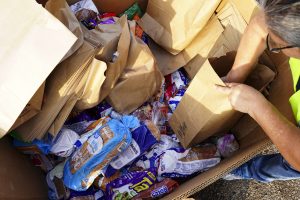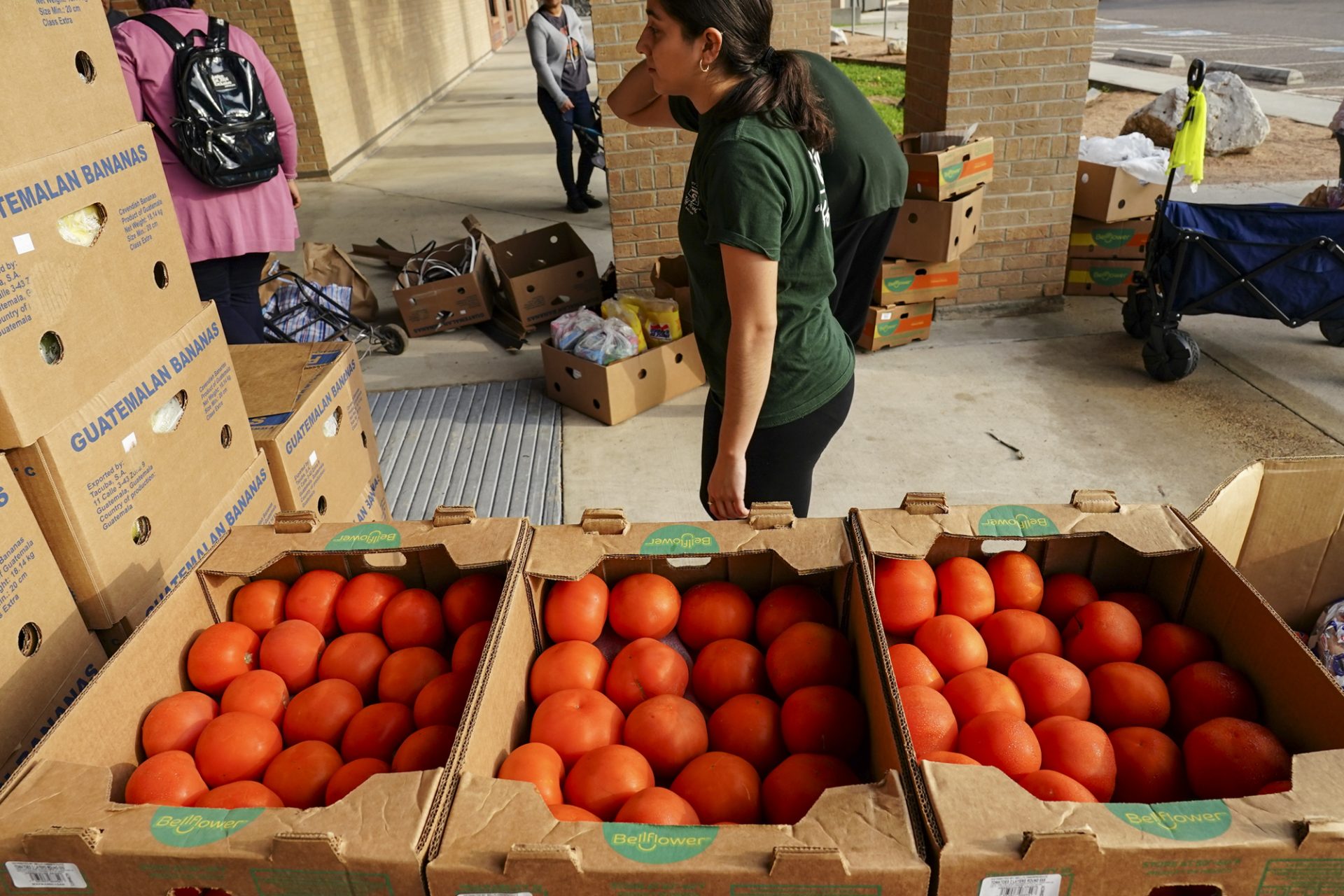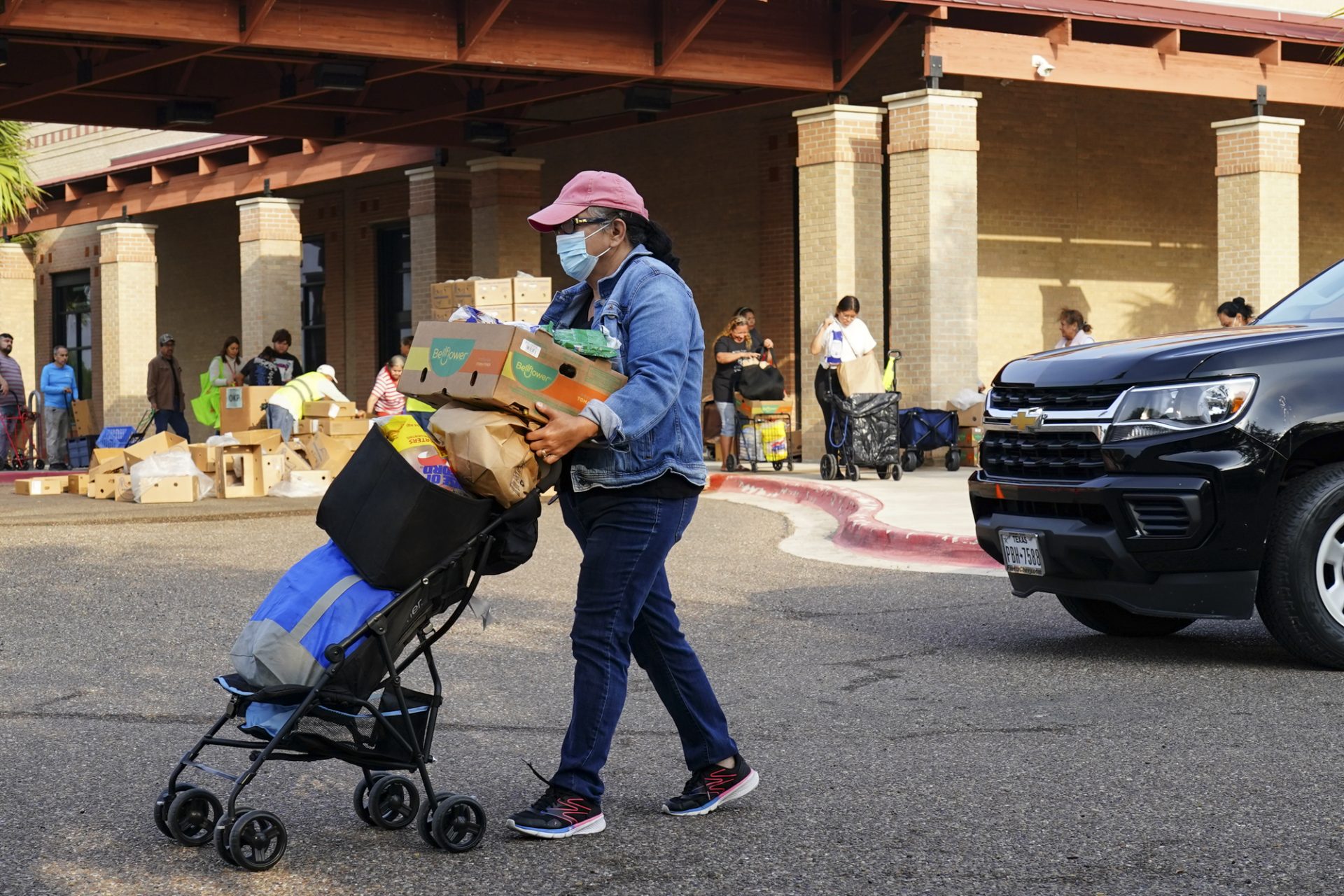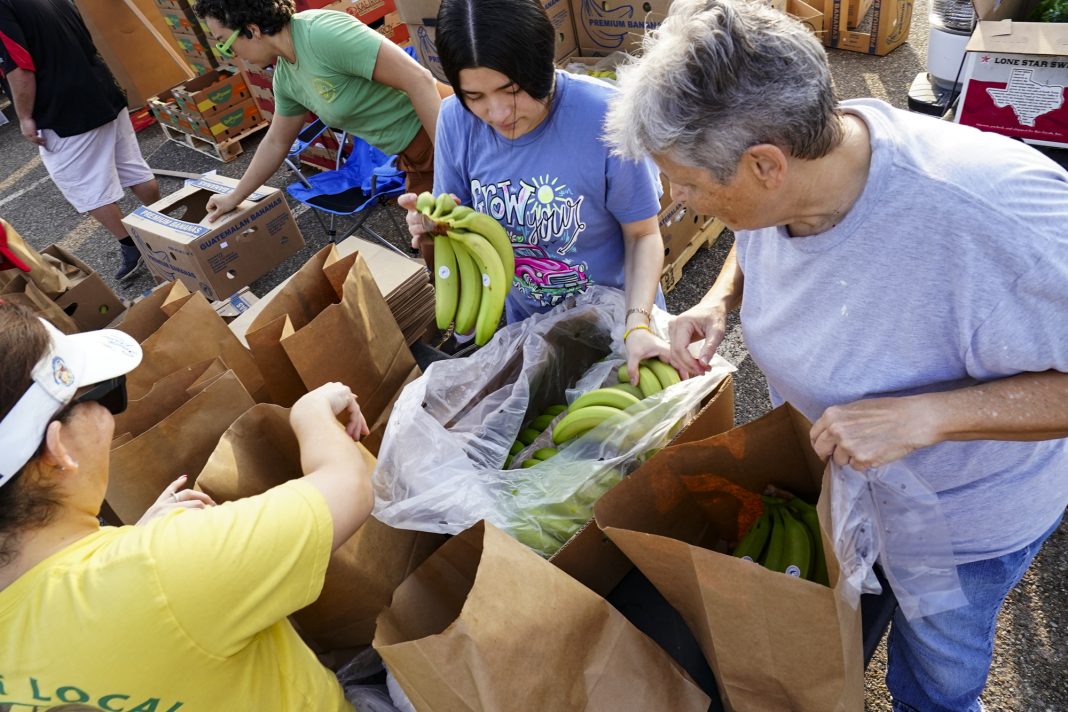We saw that once prices were rising that people still weren’t making enough money to buy food, so we were able to kind of step in and collaborate with Brownsville Wellness Coalition and the Food Bank RGV.

When the COVID-19 pandemic began to affect the lower Cameron County area, United Way of Southern Cameron County and its partners stepped in to help people in need of food.
The pandemic prompted food shortage due to a lack of workers and plants not being able to operate because there were not enough employees.
Transporting the products also proved challenging with airline closures, lockdowns, and international restrictions, according to a government report from National Center for Biotechnology Information.
In 2020, UWSCC began to have food distribution events for the public to help families of all income levels.
The food distribution event continued until April 2021, if not more, and then later ceased for almost a year because it seemed like everything was beginning to balance, officials said.
However, in 2022, the UWSCC started its food distribution program again because of rising grocery prices and families not being able to purchase food, said Wendy De Leon, president and CEO of the nonprofit.
De Leon said organizers didn’t think the food distribution programs would need to continue after the pandemic because everyone believed the community “was in a better place,” but once grocery prices started to increase, they knew it was time to step in.
“We saw that once prices were rising that people still weren’t making enough money to buy food, so we were able to kind of step in and collaborate with Brownsville Wellness Coalition and the Food Bank RGV,” De Leon said.
UWSCC has seen a lot of people showing up to the food distribution events that are held every other Friday at two separate locations in Brownsville.
“This time around what we are focusing on is produce and protein because we know that is what is kind of priced higher at the grocery store, so we have been trying to focus on that and that might be one of the reasons also why we have a lot of people coming in because those products are so expensive in the stores,” De Leon said.

According to the Federal Reserve Bank of St. Louis, the average cost for a dozen of eggs is $4.25. In 2022, the average cost was $1.92. The average cost per pound for a whole chicken is $1.72. In 2022, it was $1.62 per pound.
UWSCC, and its partners Food Bank of the Rio Grande Valley and the Brownsville Wellness Coalition, continues to see long lines of cars showing up at its food distribution events, with people even lining up hours before the handing out of the food begins.
“When you see someone spend the night and stay there just to save their spot in line that tells you everything,” De Leon said, adding organizers discourage this and tell the families to show up in the morning, “but they want to make sure they get the food that they need.”
Officials are concerned that with new changes to the SNAP program that will reduce the benefits families can receive, families will have no choice but to turn to food distribution events for assistance.
“Once that decision is made, we will definitely see more families here, and we will probably see families that we haven’t seen before,” she said.
Over the last maybe six months to eight months we have actually been experiencing a shortage of those foods coming in. There are a variety of reasons, whether it’s a supply chain, food costs, labor costs or transportation costs. Pretty much every food bank across the nation is experiencing food shortage in that regard.
The SNAP benefits increased during the pandemic, and they have reduced this month due to changes to SNAP.
De Leon said the food distribution program, sponsored by UWSCC and others, has been extended to at least the summer of 2023 because food insecurities remain a great concern for everyone.
Organizers will review the program over the summer and decide if things have improved and if the distributions need to continue.
According to the United States Department of Agriculture, Texas is above the U.S. average for food insecurity. The U.S. average is about 10.4 %.
Omar I. Rodriguez, director of grants and government relations for the Food Bank of the Rio Grande Valley, said the nonprofit receives food from the federal government through different programs, but when the government cannot provide the food that is needed, it purchases food with its monies and relies on the public to hold food drives to keep the food bank full.
“Over the last maybe six months to eight months we have actually been experiencing a shortage of those foods coming in,” Rodriguez said. “There are a variety of reasons, whether it’s a supply chain, food costs, labor costs or transportation costs. Pretty much every food bank across the nation is experiencing food shortage in that regard.”

Rodriguez said what the nonprofit saw in the last two to three years is that every time federal or state governments issued additional benefits, the lines at the food bank had gotten shorter.
“What we are expecting to see is longer lines now that they are pulling back on the emergency SNAP allotments that expired last month,” Rodriguez said. “We have not seen it physically here yet, but we do expect an increase in the amount of people requesting food assistance.”
The RGV Food Bank feeds 76,069 people weekly and distributes 48,389,101 meals annually.
The RGV Food Bank is hoping Valley businesses will step up and hold food drives or for the public to donate food items to the nonprofit.
“I know it’s difficult for different people to donate food, but we are also looking for monetary donations as well. It’s becoming very concerning. There are all these different factors that are impacting food security for pretty much everybody on the economic scale,” Rodriguez said.
Both De Leon and Rodriguez encourage to the public to help with food insecurities by donating to the nonprofits.
Donations can be made at www.unitedwayrgv.org or foodbankrgv.com.
To see more, view Brownsville Herald photojournalist Denise Cathey’s full photo gallery here:
Photo Gallery: Food distributions continue as economic insecurities linger on in Lower Valley




